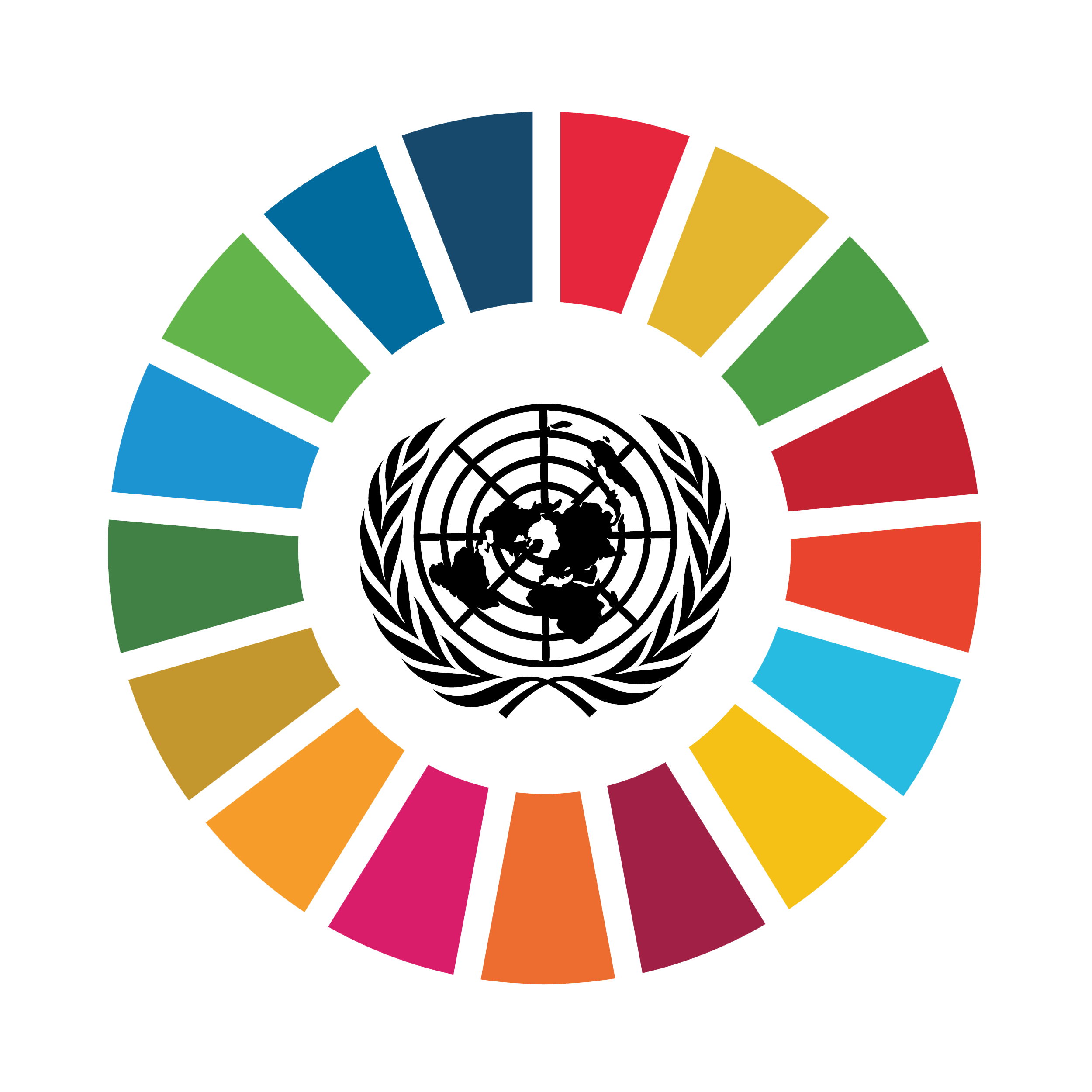
By: Petra Postolache
If the past two years with a global pandemic have taught us something, it is the intrinsic connection between health, nature, and economy. Our lives have changed radically from one day to another and the need to shape a more sustainable economy is now a top priority.
Introduction: U.N. Sustainable Development Goals
Sustainability is defined as “development that meets the needs of the present without compromising the ability of future generations to meet their own needs.” And in this month’s newsletter, we want to introduce you to the UN Sustainable Development Goals for 2030.
Now more than ever, companies, regardless of their size, should get involved in solving and managing issues for the environment and the communities they are part of. There is a need for more than charity work and collaboration with NGOs – businesses should step in with their know-how and resources. For the sake of companies themselves, SDGS make for a good long-term strategy as it makes businesses aware of the extern threats and build them resilient to unprecedented risks.
There are 17 goals with 169 targets that all UN Member States have agreed to work towards and achieve by the year 2030. They created a vision for a world free from poverty, hunger and disease. They build on the Millennium Development Goals (MDGs), which were 8 goals that UN Member States agreed on for the period 2000 to 2015.
For businesses, these goals can be the starting point for new entrepreneurial initiatives – especially as there are now many opportunities to support them – and new development alternatives for existing businesses.
Did you know that sustainable business models could unlock more than USD $12 trillion in new market value and create up to 380 million jobs by 2030? (WBCSD Forest Sector SDG Roadmap)
Core and supportive SDGs for the industry
A sustainable approach to forestry entails that no more trees are felled than the forest’s natural regrowing capacity. It prescribes that forestry practices balance the needs of the environment, wildlife, and forest communities- supporting the livelihoods that conserve the forest for future generations.
The Forest Sector SDG Roadmap identifies the SDGs where the forest sector can have the most significant impact and show the key actions to deliver on in order to achieve the given SDGs. While all SDGs are necessary for a more sustainable future, only SDGs 6, 7, 8, 12, 13, and 15 are identified as core goals for the forest industry. Here, there is the most potential to influence, create long-term value, and drive transformation. SDGs 1, 4, 5, 9, and 11 are identified as supportive goals for sustainable economic growth within our industry. Click here to see an overview of the goals.
Sustainable forest operations will help in meeting multiple SDGs, including access to and use of land and water, climate change, consumption and production patterns, energy supply and inclusive development. On the contrary, unsustainable practices have the potential to undermine all the achievements the SDGs stand for.
The role of wood industry in transition to a sustainable development
At Global Timber, we have chosen to work primarily on three of these goals:
SDG 13. Climate action is focusing on the role that forests and wood products play in capturing carbon and reducing global warming. According to the same study mentioned above, forests and peatlands can provide up to 37% of the emission reductions needed by 2030 to keep the global rise of temperature below 2°C. We advocate for the role of hardwood materials as CO2 sinks and durable materials. For external construction purposes hardwoods have a lifetime more than 5 times that of softwood, and an expected life span of up to 75 years depending on the species.
SDG15. Life on land is where the entire forest sector has the most direct and substantial ability to drive change. Being deeply involved in hardwood forestry and trade, we have the responsibility to prevent illegal activities, to increase forest certification, and to work with customers and general public to drive demand for documented sustainable wood products. Through sustainable wood products, we can protect, restore, and promote the sustainable use of our natural resources.
SDG 18. Decent work and economic growth is another goal where the entire forest sector can impact; in both developed and emerging economies. About 14 million people are employed globally in the forest sector, and other 45 million jobs are created in the connected industries. We want to create a thriving and inclusive workplace for our employees and work with suppliers who do the same in their respective countries.
In the end, we would like to encourage our readers to look into their impact and opportunity to work with some of the SDG. For Eastern Asia specific information on the progress and work with SDGs visit following link. Many of Asian small and medium sized companies have a reputation of innovation potential – they are agile, they use trends and microtrends, they test and learn quickly from past experiences. By working together, we have a bigger change to accelerate the transition to a low carbon and circular economy.